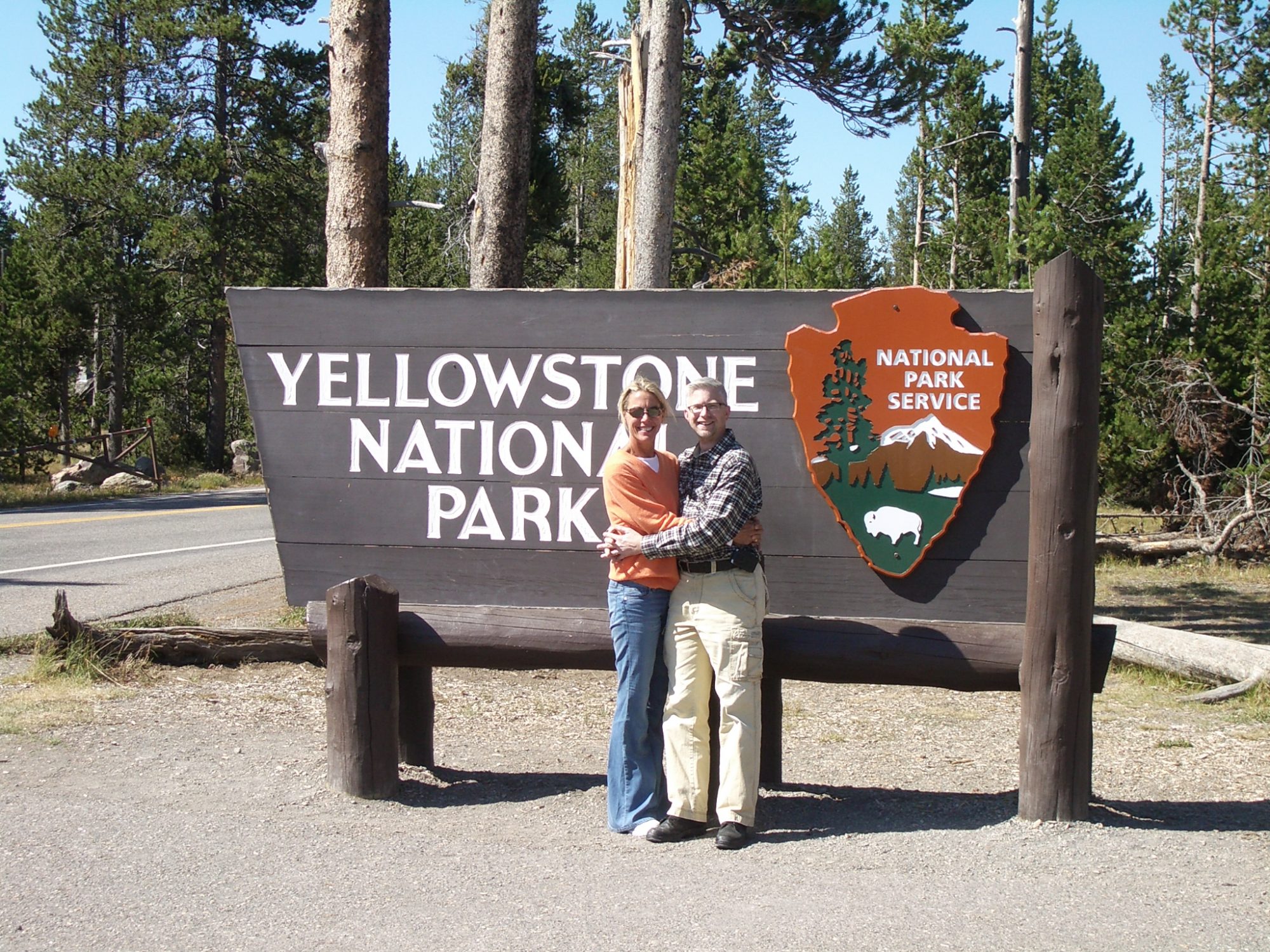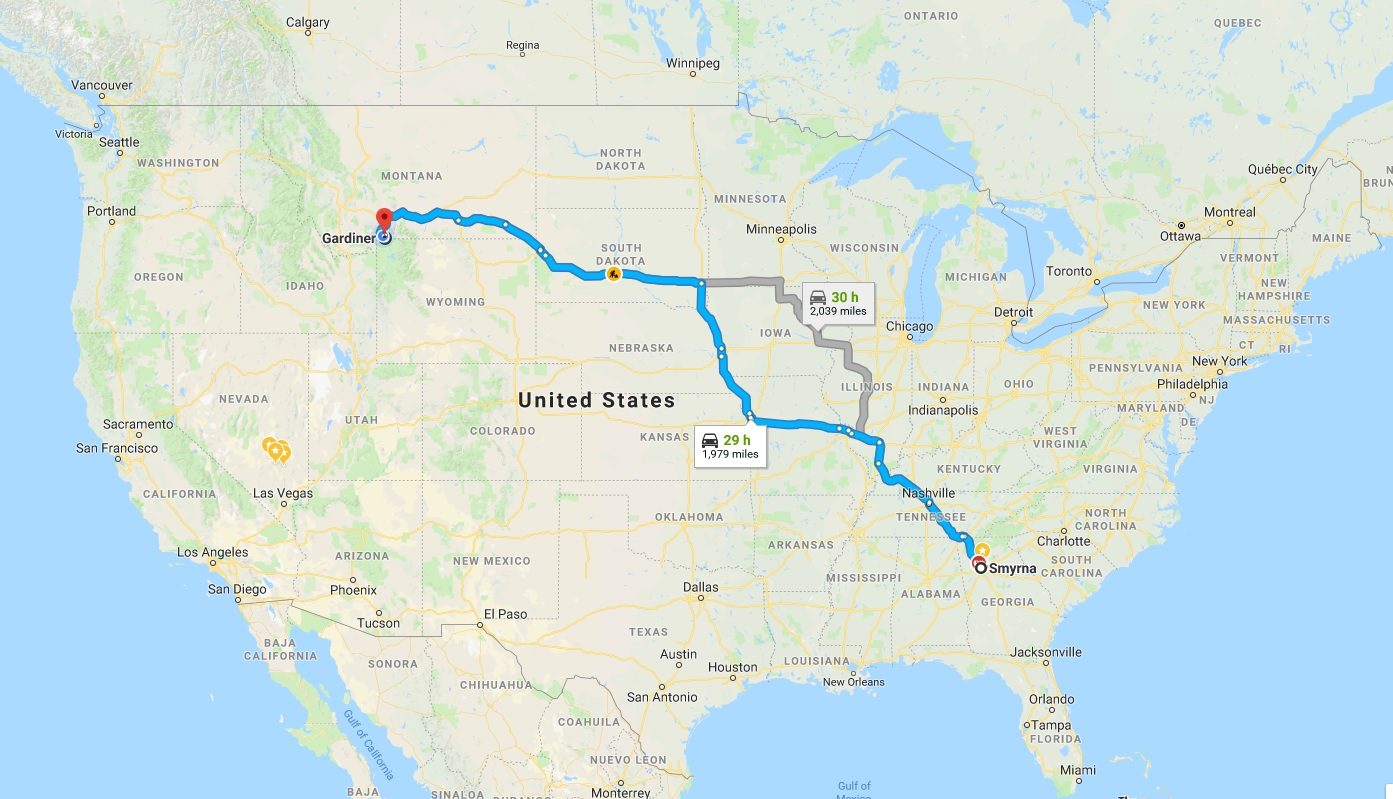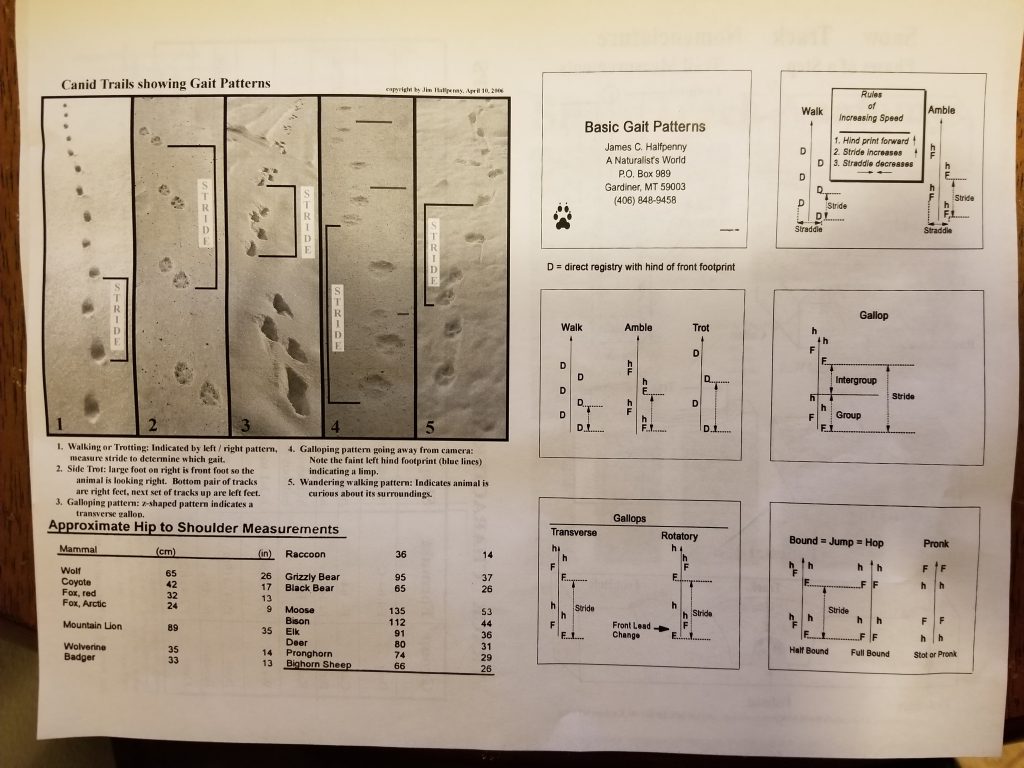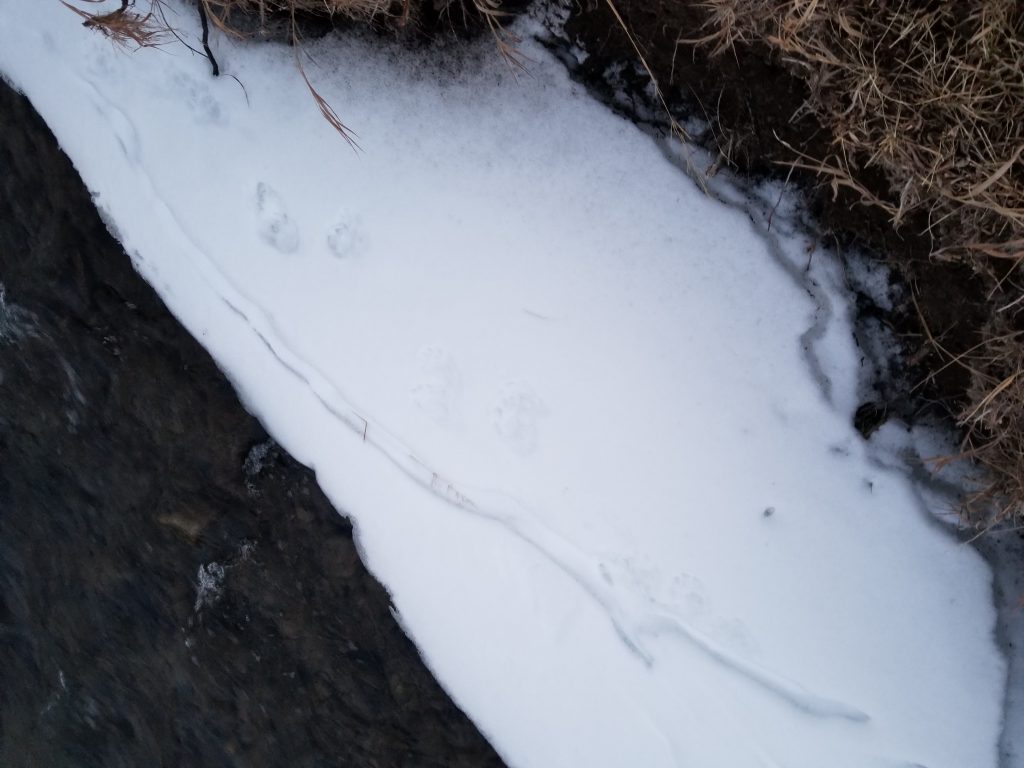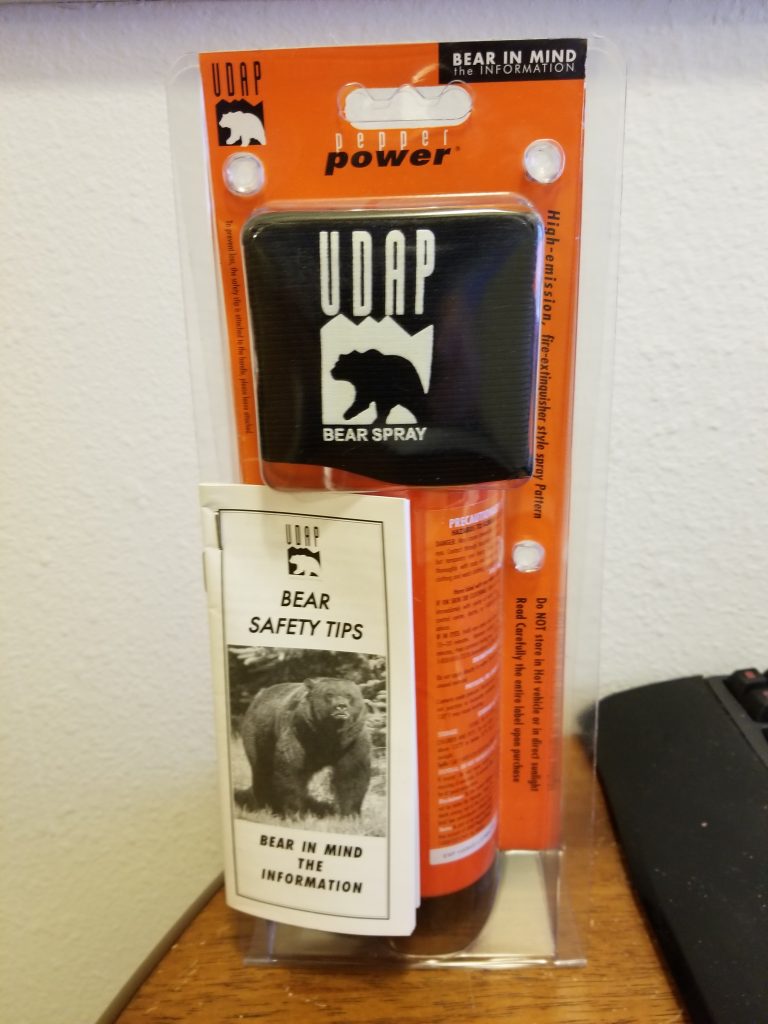Was notified today that the National Park Service had some Grizzly Bear sightings. Had to have a conversation with Janet today that I never thought I would have with her. How to react to seeing a bear and how to use bear spray.
Date: March 13, 2018
Contact: Morgan Warthin, (307) 344-2015
MAMMOTH HOT SPRINGS, WY – The first grizzly bear sightings of 2018 occurred in Yellowstone National Park last week. On Tuesday, March 6, staff observed an 11-year-old male grizzly bear wearing a radio collar in the west-central part of the park. On Wednesday, March 7, employees reported seeing a grizzly bear in the east-central part of the park.
Male grizzlies come out of hibernation in mid-to-late March. Females with cubs emerge later, in April to early May. When bears emerge from hibernation, they look for food and often feed on elk and bison that died over the winter. Sometimes, bears will react aggressively while feeding on carcasses.
All of Yellowstone National Park is bear country: from the deepest backcountry to the boardwalks around Old Faithful. Your safety cannot be guaranteed, but you can play an active role in protecting yourself and the bears people come here to enjoy by following these guidelines:
- Prepare for a bear encounter.
- Carry bear spray, know how to use it, and make sure it’s accessible.
- Stay alert.
- Hike or ski in groups of three or more, stay on maintained trails, and make noise. Avoid hiking at dusk, dawn, or at night.
- Do not run if you encounter a bear.
- Stay 100 yards away from black and grizzly bears. Use binoculars, a telescope, or telephoto lens to get a closer look.
- Store food, garbage, barbecue grills, and other attractants in hard-sided vehicles or bear-proof food storage boxes.
- Report bear sightings and encounters to a park ranger immediately.
- Learn more about bear safety.
“Many Yellowstone visitors are deeply passionate about the conservation of park bears,” says Kerry Gunther, the park’s bear management specialist. “Reducing human-bear conflicts by preventing bears from obtaining food and garbage, hiking in groups of three or more people, carrying bear spray, and making noise in blind spots on the trail are the best way for visitors to protect bears while recreating in the park.”
While firearms are allowed in the park, the discharge of a firearm by visitors is a violation of park regulations. Bear spray has proven effective in deterring bears defending cubs and food sources. It can also reduce the number of bears killed by people in self-defense.
